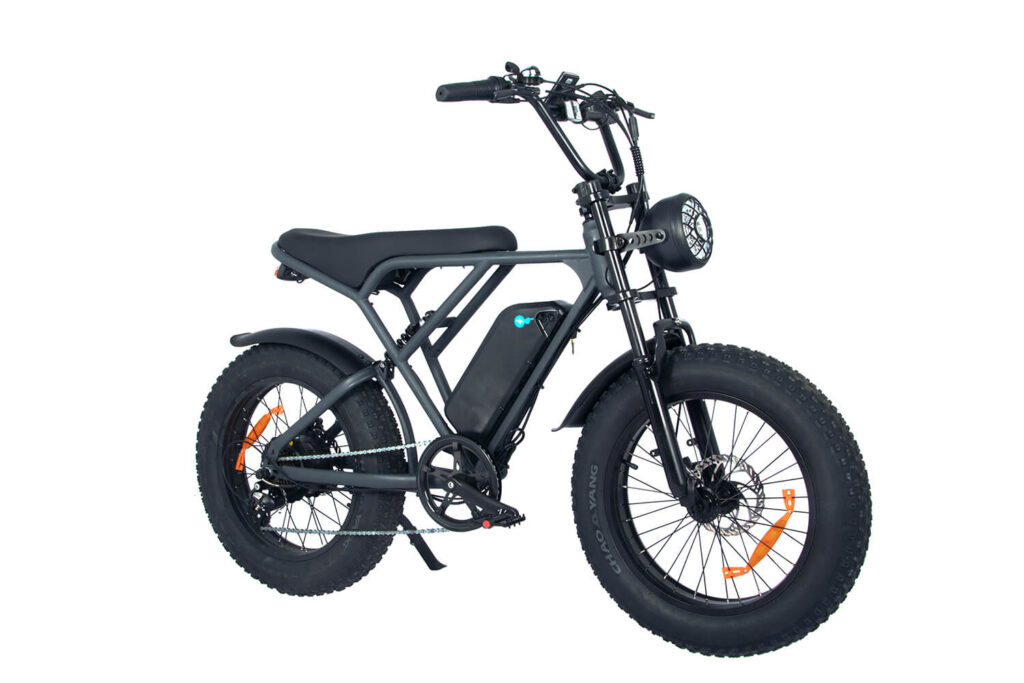The design of electric bicycles is a complex process that involves multiple factors, including human biomechanics and aerodynamics. By understanding how these factors influence the performance and usability of electric bicycles, designers can create more efficient and user-friendly vehicles.
Human Biomechanics
Human biomechanics plays a crucial role in the design of electric bicycles. The human body is a complex system of muscles, bones, and joints that work together to produce movement. The design of electric bicycles must take into account how the human body moves and applies force to the bicycle in order to maintain stability and efficiency.
For example, the position of the saddle and handlebars on an electric bicycle can have a significant impact on rider comfort and control. The saddle should be positioned to provide adequate support for the rider’s buttocks and allow for a natural posture during riding. Handlebars should be adjustable to accommodate different rider heights and preferences.
The weight distribution of the electric bicycle is also important for rider comfort and control. The weight of the battery and motor should be evenly distributed to provide a balanced ride. Designers should consider using lightweight materials, such as carbon fiber, to reduce the overall weight of the bicycle while maintaining strength and durability.
Aerodynamics
The aerodynamics of electric bicycles is a crucial factor that determines their performance and efficiency. The shape and design of the bicycle, including the position and angle of the handlebars, the shape of the frame, and the position of the wheels, can have a significant impact on drag coefficient and wind resistance.
To reduce drag, designers can consider streamlining the frame and wheels to reduce their profile in the wind. Streamlined shapes can also be applied to the bicycle’s paint job to further improve aerodynamic performance. Additionally, designers can use weather-resistant materials to protect the bicycle from wind and rain while maintaining aerodynamic performance.
Conclusion
The design of electric bicycles is a challenging task that requires consideration of multiple factors, including human biomechanics and aerodynamics. By understanding how these factors influence the performance and usability of electric bicycles, designers can create more efficient and user-friendly vehicles that are tailored to the needs of different riders types.

